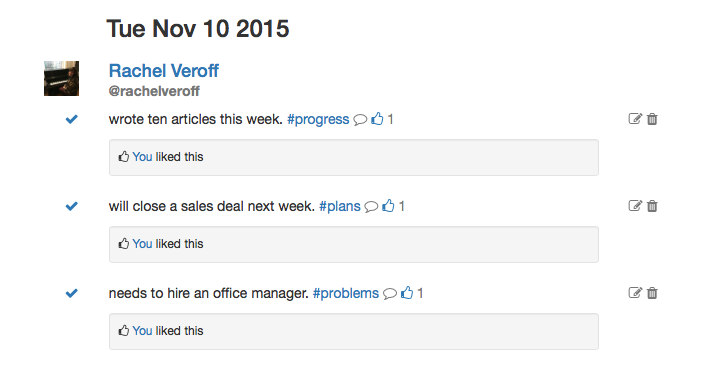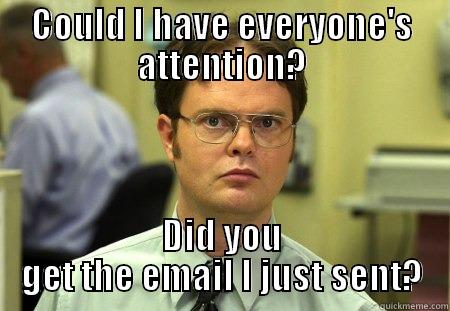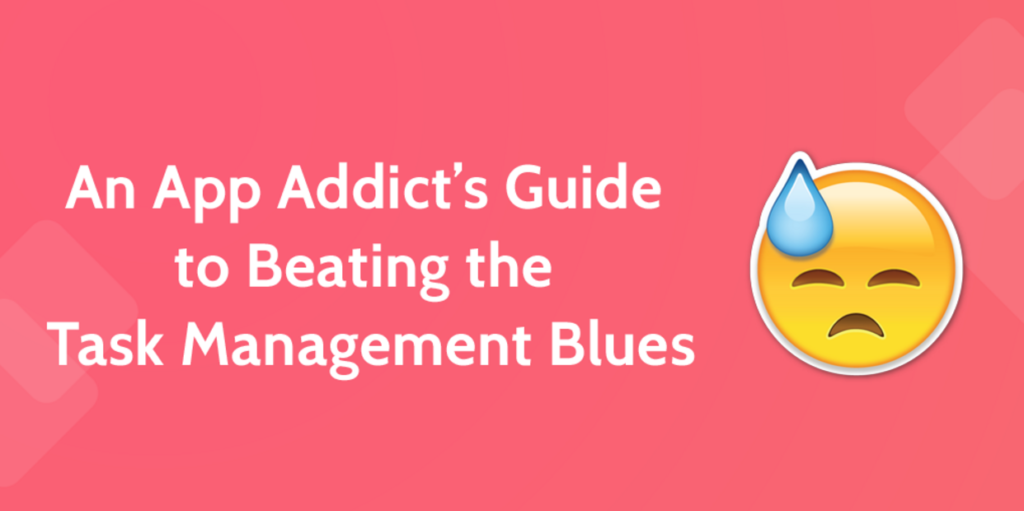If the daily challenge of communicating with your co-workers is driving your crazy, you are not alone. Between all of the different tasks and moving pieces on your schedule, keeping your team members informed about your progress can be a frustrating challenge. It’s equally overwhelming trying to stay up-to-date on what your co-workers are doing. There is a huge amount of information to sift through.
Some companies implement strategies like progress reports and extra meetings to facilitate communication. But these are often time-consuming and they only add to the white noise. It’s time to clear your head. The key to successful communication is clarity, not buzz.
If you want to maximize the efficiency of your team’s status reports, think about using PPP.
PPP Streamlines Communication
Progress, plans, problems is an approach to communication that enables you and your team members to share what you are working on in a friendly and efficient way. The three P’s stand for “progress, plans and problems.” This technique is used by companies like Skype, Ebay, Facebook, and Seedcamp to streamline communication channels between managers and co-workers.
Every week, people report their top 3-5 achievements, goals and challenges in an email memo that is easy to read. It saves time and it helps keep everyone on the same page. The template looks like this:
- Progress: What were your three biggest accomplishments this week?
- Plans: What are your top three priorities for next week?
- Problems: What are three problems you are facing? Problems usually require the help of other people to solve.

It’s important to encourage your team members to give each other updates about their progress on assignments because it allows everyone to see the larger picture. These updates can happen daily, weekly or monthly, depending on your company’s needs.
The three P’s outlined above provide a de facto template to start from. Depending on what your company does, you might decide to add extra categories as you go along. The point is to keep everyone on the team informed and in sync, without wasting a lot of time with lengthy progress reports or meetings.
Read more










